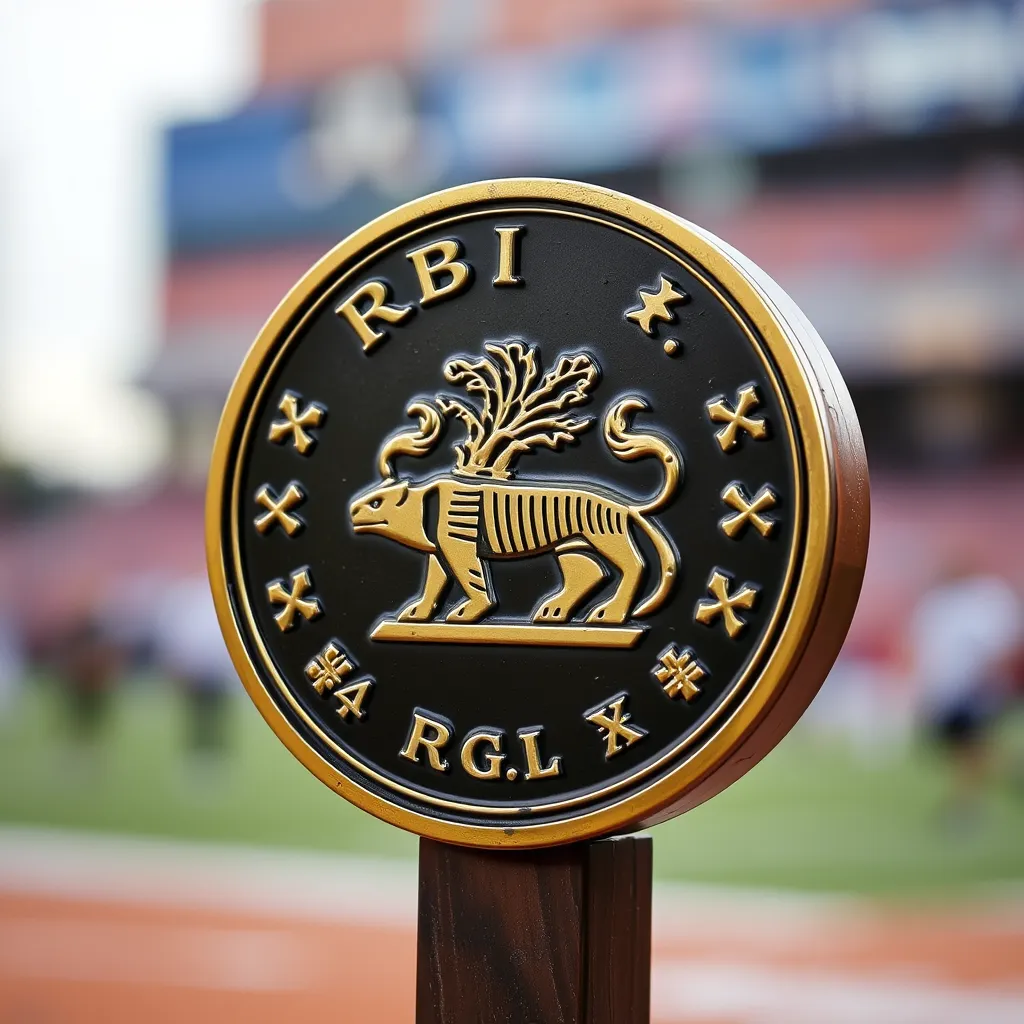
rbi monetary policy repo rate
The Reserve Bank of India’s (RBI) three-day monetary policy review has started on Wednesday (December 4), and while there is a broad consensus that the repo rate will remain unchanged at 6.5 per cent, many experts expect the central bank to announce a cut in the cash reserve ratio (CRR). The CRR is a crucial tool used by the RBI to manage inflation and check excessive lending.
What is Cash Reserve Ratio?
The CRR is the percentage of a bank’s total deposits that it is required to maintain in liquid cash with the RBI as a reserve. At present, it is fixed at 4.5 per cent. Banks do not get any interest on this amount. The CRR plays a significant role in regulating the amount of money banks can lend and invest.
Why is the RBI expected to cut the CRR?
The calls for a reduction in the CRR have gained momentum amid a tight liquidity condition in the banking system and shockingly low gross domestic product (GDP) growth, which slowed to a seven-quarter low of 5.4 per cent in the July-September 2024 quarter. The reduction in the CRR will be a signal that the RBI is keen on easing the monetary policy without cutting the repo rate.
Impact of a CRR cut
If the RBI decides to cut the CRR by 50 basis points (bps), it would free up Rs 1.10 lakh crore to Rs 1.2 lakh crore of bank liquidity parked with the RBI. In case of a 25 bps reduction, Rs 55 crore to Rs 60 crore of additional funds will be available with banks. The surplus liquidity can be used by banks for lending, which would help spur economic growth.
What will be the impact on the economy?
A CRR cut would have both positive and negative impacts on the economy. On the one hand, it would free up bank money, which can further be deployed for lending, thereby boosting economic growth. On the other hand, a reduction in the CRR could lead to an increase in borrowing costs for banks, which may affect their profitability.
Will RBI announce a cut in CRR on December 6?
While the RBI’s Monetary Policy Committee (MPC) decides on the repo rate and policy stance, the responsibility of liquidity measures lies solely with the RBI. The RBI may reduce the CRR either by 25 bps or 50 bps, analysts said. One basis point is one-hundredth of a percentage point.
Last reduction in the CRR
The Reserve Bank had last cut the CRR in March 2020 during Covid. It reduced the CRR from 4 per cent on March 28, 2020, after keeping it unchanged at 3 per cent for the previous seven years. Since March 2020, the CRR has been raised three times.
Expert opinions (rbi monetary policy repo rate)
Madan Sabnavis, Chief Economist, Bank of Baroda, said, “The liquidity in the banking system has tightened because of the RBI’s actions to stabilise the rupee. There have been a lot of dollar sales (by the RBI), which has affected the overall liquidity in the system. In December, liquidity will further tighten due to outflows related to payment of advance tax, goods and services tax (GST), and quarter-end demand for credit. Under this situation, some kind of a permanent measure can be announced (by the RBI), which could be a CRR cut or OMO purchase.”
VRC Reddy, Head Treasury, Karur Vysya Bank, said, “A CRR cut will free up bank money, which can further be deployed for lending. There is a chance that banks may pass on the benefits of this CRR cut to borrowers. Usually, the cut in CRR is net interest margin (NIM) accretive for banks.”
RBI’s monetary policy (rbi monetary policy repo rate)
The RBI has been selling dollars in the forex market to check the rupee volatility caused due to continued Foreign Portfolio Investors (FPI) selling and strengthening of the US dollar. Since October 1, the rupee has depreciated nearly 1 per cent against the dollar.
** Rbi monetary policy repo rate decision**
The MPC is likely to keep the repo rate unchanged at 6.5 per cent in the policy. However, many experts expect a cut in the CRR would be a more significant announcement than any change in the repo rate.
In conclusion, while there is no clear indication of what the RBI will announce on December 6, the expectations are that the central bank may reduce the CRR to boost economic growth. A CRR cut would free up bank money, which can further be deployed for lending, thereby boosting economic growth.
source rbi monetary policy repo rate
Dailyread rbi monetary policy repo rate
